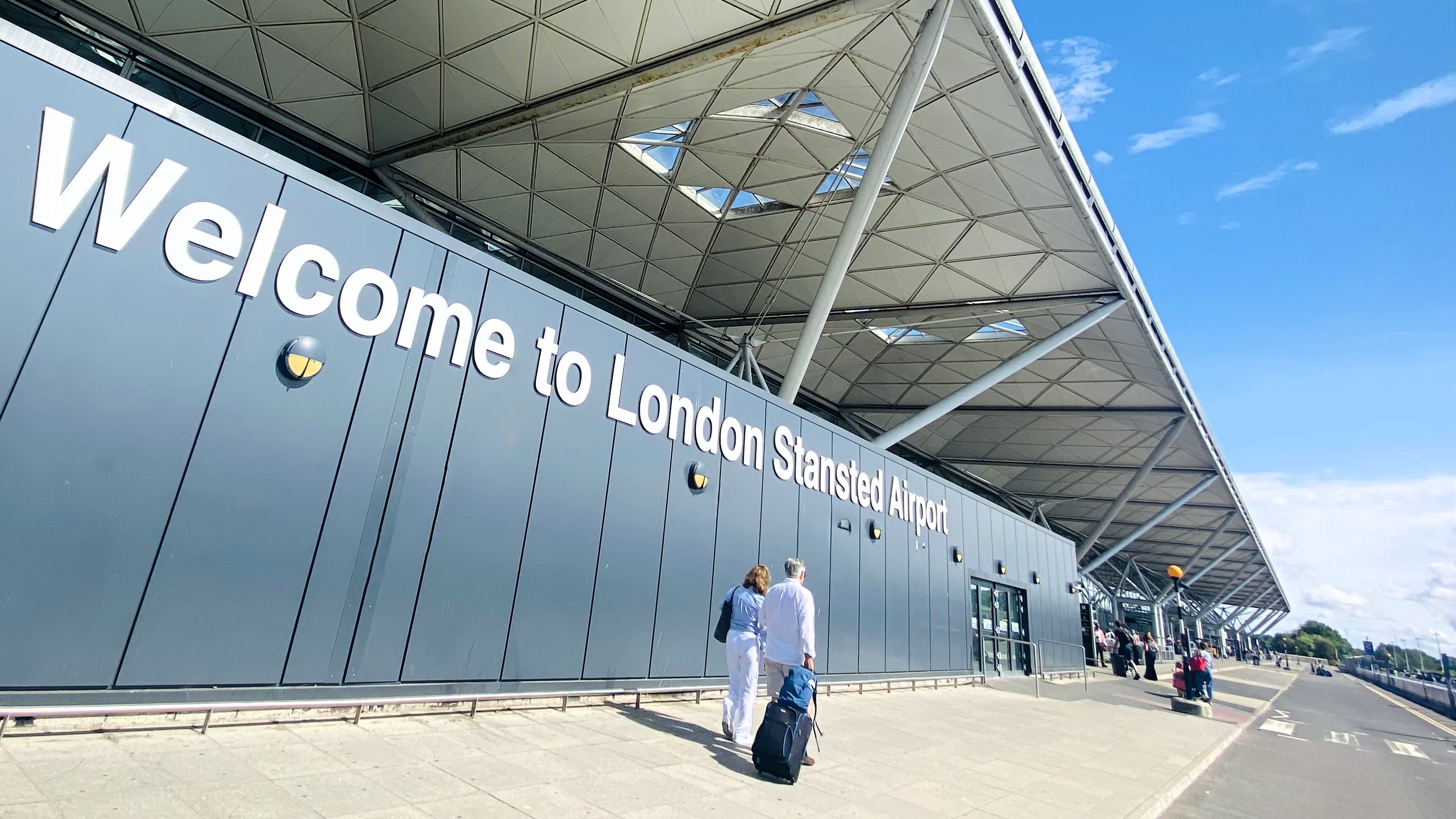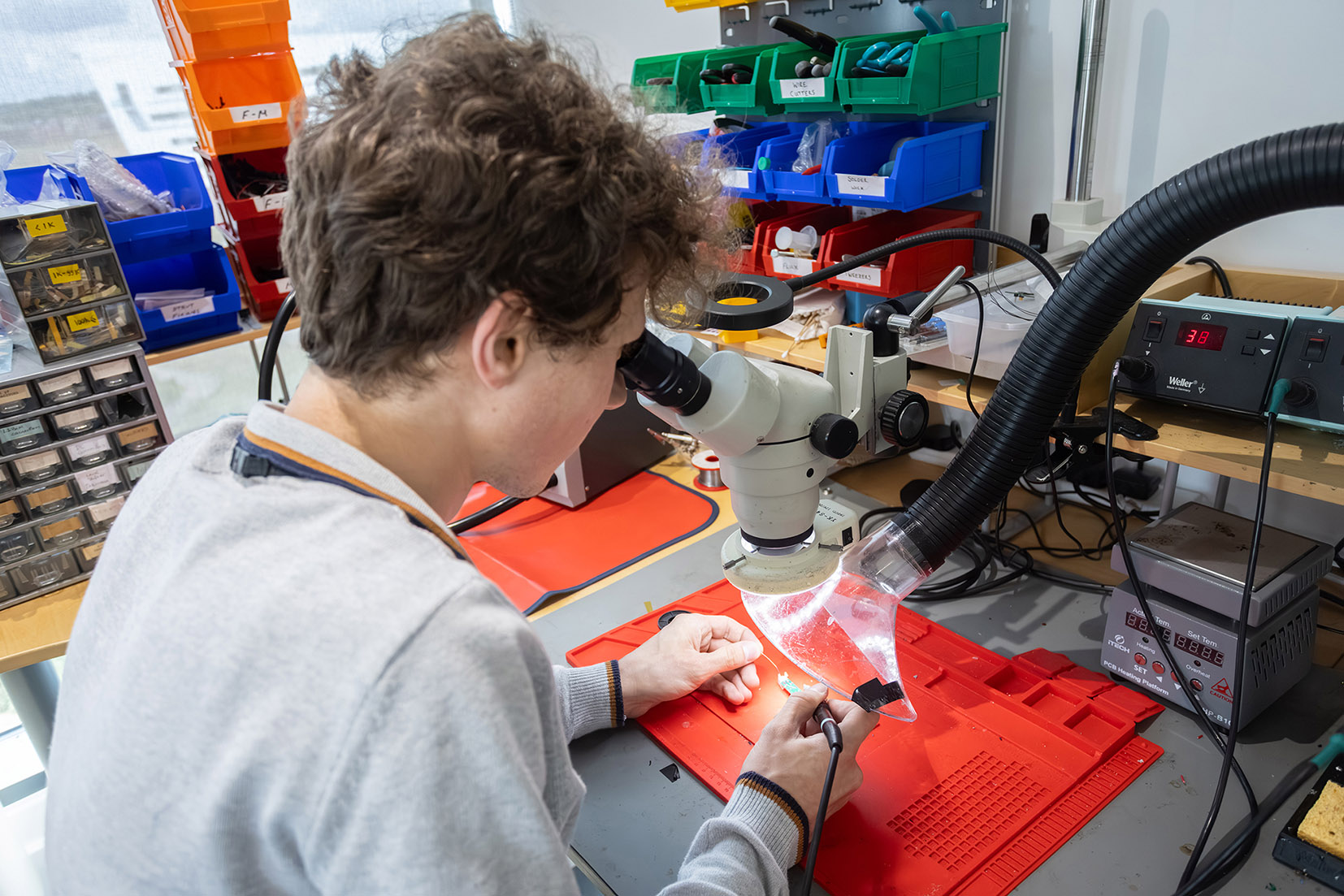IBA sees partial aviation recovery in 2021

Image copyright Shutterstock
In its recent 2021 Market Update webinar, the leading aviation data consultancy outlined the key factors affecting recovery rates across different regions, as well as highlighting changes in aircraft orders and deliveries, market values and lease rates.
IBA forecasts a strong economic recovery in 2021, with global GDP recovering by 4% but still down 5% on 2019. Estimated GDP growth rates for 2021 will vary between regions from around 2.5% in Japan and Russia, around 3.5% in the EU and US, and as high as 7.9% for China.
The differing levels of vaccine stocks held by countries will affect the speed and extent to which they reopen their borders. 10 billion doses of the eight approved vaccines have now been ordered, with 50% of that commitment from advanced economies covering just 13% of the global population. The countries with orders covering 100% or more of their populations are largely across the Northern Hemisphere, along with Australasia, and IBA forecasts this will significantly affect global travel patterns and airline route commitments in 2021 and beyond.
IBA forecasts a mixed picture of traffic recovery across the globe, with North America set to lead regardless of vaccine coverage with revenue passenger kilometre (RPK) growth of around 60%. RPK growth of around 50% is expected for Europe, who will roll out the vaccine aggressively to reduce restrictions before the summer, and Asia Pacific which will recover strongly, continuing a trend started in China in the second half of 2020. All other regions are forecast to see RPK growth of around 30%, including Latin America where traffic will rise steadily, Africa where a slow recovery is expected, the Middle East where volumes will take time to return, and Australasia which has growing domestic traffic but a cautious approach to international air links.
Current aircraft utilisation levels also differ substantially across the globe. Chinese air traffic had recovered by December to pre-Covid levels, although with a lower proportion of international traffic and load factors also lower at around 70%. Russian air traffic recovered fully by August 2020, but by December was a third lower. Flights in North America are only at half of pre-Covid levels with load factors at around 50%. Europe saw a partial recovery in Summer 2020 but by the end of the year, traffic was just a third of pre-Covid levels. Traffic in the Middle East has recovered partially to just under half of pre-Covid levels, but load factors are currently less than 40%
Phil Seymour, President of IBA, said: “There is a long road ahead for the aviation sector in 2021. The arrival of vaccines is positive news, but the variance in their roll out and in a number of economic and industry factors, will ensure we see a patchy recovery with marked differences between global regions.”
Looking across the global aircraft fleet, current storage levels for most aircraft types are at around 30% - twice the pre-Covid level, but considerably lower than the 60% of aircraft parked during the first peak of the pandemic. Fuel-efficient, next generation narrow-bodies are returning to service fastest with only 20% of the fleet in storage, whilst wide-bodied four-engine aircraft are set to be the slowest to recover.
At the end of 2020, there was also a marked difference in the aircraft order, cancellation and delivery positions of the world’s two largest aircraft manufacturers* with Airbus set to top the table of net orders, followed by Sukhoi and COMAC. For the first time ever, Boeing was set to be bottom of the table with a large negative net order total as a result of a large number of cancellations, mainly for the 737 MAX, dwarfing the orders it received in 2020.
For 2021, IBA forecasts that Airbus will deliver 607 aircraft, three quarters of which will be from the A320neo family, and up from its provisional 2020 total of 545 aircraft. Boeing is forecast to deliver 455 aircraft, of which the Boeing 737 MAX will also account for three quarters – up significantly from its provisional 2020 total of 83 aircraft.
With demand levels still significantly down, IBA has made some further adjustments to its aircraft market values since its last update in July 2020. In the narrow-body segment, the values of the A321neo, A220-300 and Boeing 737 MAX 9 are holding steady, whereas the A320ceo has been adjusted downwards by 13%. In the wide-body aircraft segment, the Airbus A350-1000 and A330-900 market values remain in line with the second half of 2020, but the Boeing 777-300ER has been adjusted downwards by 9% and the A380-800 by 36% on average.
IBA has also further downgraded its forecast lease rates for a number of aircraft, with half the number of new leases in 2020 compared to the previous year. Rates for a four year old Boeing 787-8 have been reduced by 14%, while an A350-900 of a similar age has dropped by 10%, and a 12 year old A330-300 by 15%.












